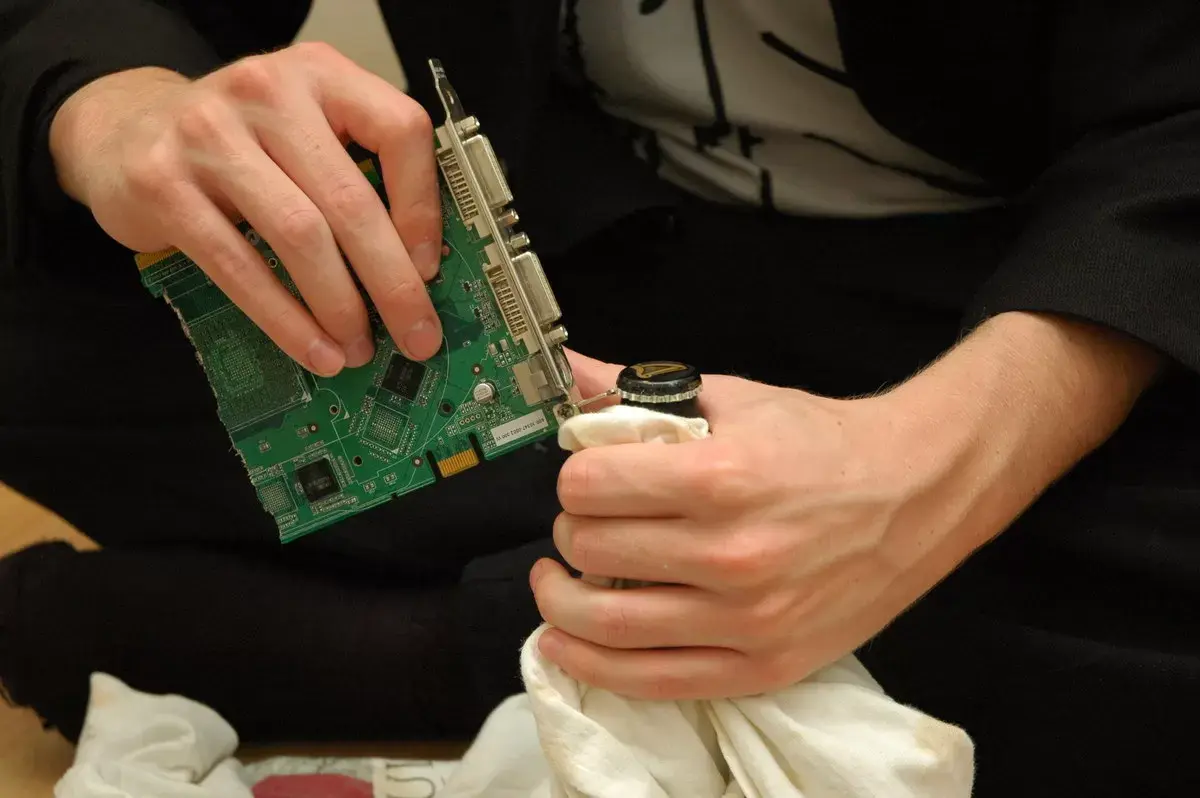Luis Chamberlain sent out the modules changes today for the Linux 6.6 merge window. Most notable with the modules update is a change that better builds up the defenses against NVIDIA’s proprietary kernel driver from using GPL-only symbols. Or in other words, bits that only true open-source drivers should be utilizing and not proprietary kernel drivers like NVIDIA’s default Linux driver in respecting the original kernel code author’s intent.
Back in 2020 when the original defense was added, NVIDIA recommended avoiding the Linux 5.9 for the time being. They ended up having a supported driver several weeks later. It will be interesting to see this time how long Linux 6.6+ thwarts their kernel driver.



Would having their own distro even help? It seems like working around this would require forking from Linux at a lower level, and even that would only circumvent technical (rather than copyright) barriers.
They can probably just drop some kernel packages in their driver PPAs or whatever. You don’t need to fork the whole distro to customize the kernel. But it will still be a huge pain.
They can beef of linux support of freebsd a little and do some other help to the desktop experience there. Freebsd has always been more pragmatic, and for most uses of an os you can’t tell a real world difference. (pkg instead of apt, and other such differences are minor)
The userland differences are not too great, but I would assume a kernel module as significant as a modern GPU driver is pretty deeply tied to Linux’s kernel internals.
Nvidia maintains a driver for FreeBSD already, same version as Linux and everything. IIRC the closed-source portion is “unified” and they just build the interface for whatever OS.
The “Linux support” piece is on the application side.